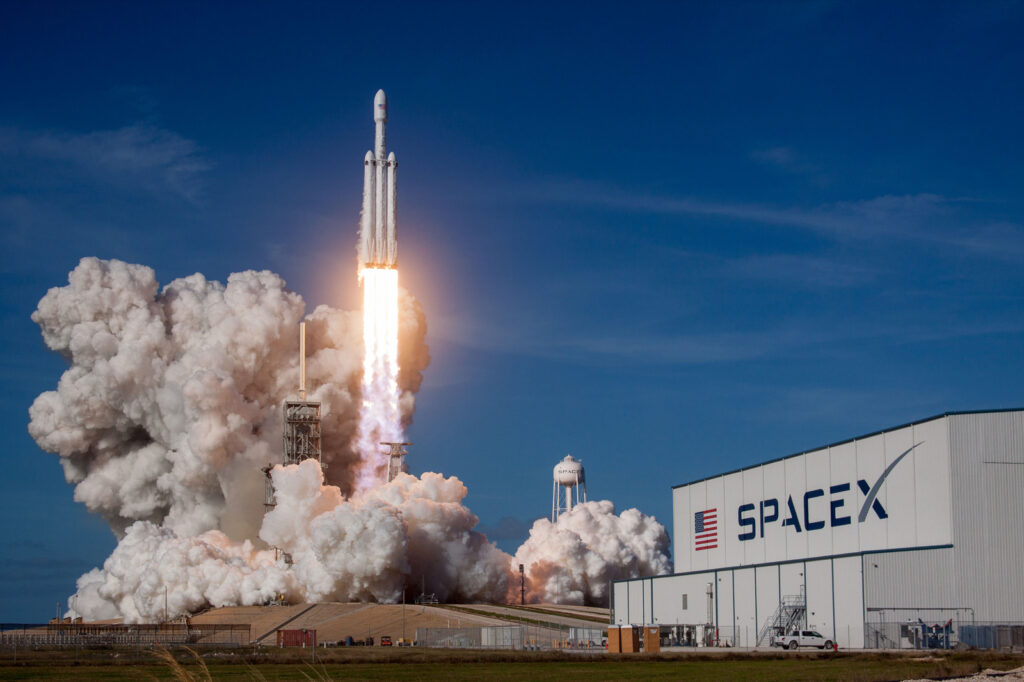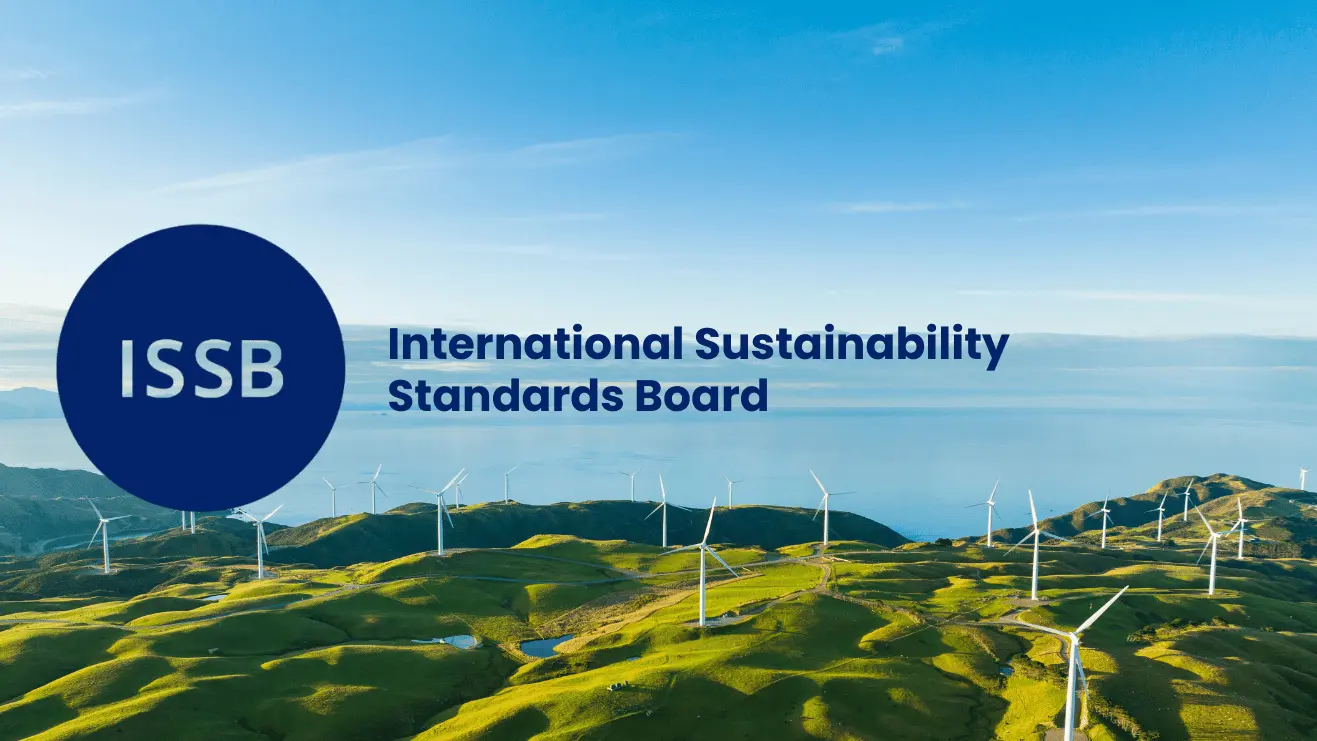SpaceX To Launch Methane Satellite to Hold Major Polluters Accountable

|
Listen to this story:
|
- Pinpoint Precision: Tanager-1 can detect methane emissions within 50 meters of their source, targeting super emitters like oil and gas wells.
- Global Accountability: Public data from Tanager-1 could drive regulatory actions and market mechanisms to reduce methane emissions.
- Cost-Effective Innovation: Carbon Mapper’s satellite program leverages affordable technology to track emissions on a global scale.
SpaceX is set to launch Tanager-1, a methane-detecting satellite, developed by Planet Labs PBC with NASA’s Jet Propulsion Laboratory technology. This marks a significant step in tracking methane emissions, a potent greenhouse gas, from major sources like oil and gas wells, livestock operations, and landfills.
Precision in Emission Tracking
Tanager-1, the size of a mini-fridge, will attribute methane emissions within 50 meters of their source. Carbon Mapper, the nonprofit behind the satellite, aims to track methane “super emitters” globally. “We want to scale up that action globally,” said Carbon Mapper CEO Riley Duren, highlighting the satellite’s role in identifying and mitigating these emissions.
Market Mechanism and Regulatory Impact
The data provided by Tanager-1 could become a market mechanism, according to Duren. “If you have empirical evidence of [methane leaks from] liquid natural gas, then you can differentiate between cleaner consumers and producers of natural gas,” he stated. This transparency could drive companies operating in regions with strict environmental regulations to shift their supply chains accordingly.
In line with this, the European Union has approved a law to penalize liquid natural gas imports above a certain methane-intensity threshold starting in 2030, with additional regulations rolling out in 2027 and 2028. The U.S. is also increasing its oversight, with recent government efforts to hold methane super emitters accountable, including an $850 million fund to reduce methane pollution from oil and gas.
Challenges and Future Plans
While Tanager-1 won’t provide constant monitoring due to its low-Earth orbit, the Carbon Mapper Coalition plans to deploy more satellites to reduce the return time to less than a day, offering near-real-time tracking of methane leaks. Harvard Professor Daniel Jacob notes, “The monitoring that satellites offer is the key to showing when super emitters have brief but environmentally damaging methane leaks.“
Related Article: UK Announces Unlimited Financial Penalties for Environmental Offences, Meaning “polluters always pay”
Despite its potential, some oil and gas companies dispute satellite data showing their emissions, arguing it is inaccurate. Nevertheless, as Carbon Mapper continues to expand its satellite constellation, the precision and impact of methane tracking are expected to grow, helping hold major polluters accountable on a global scale.







